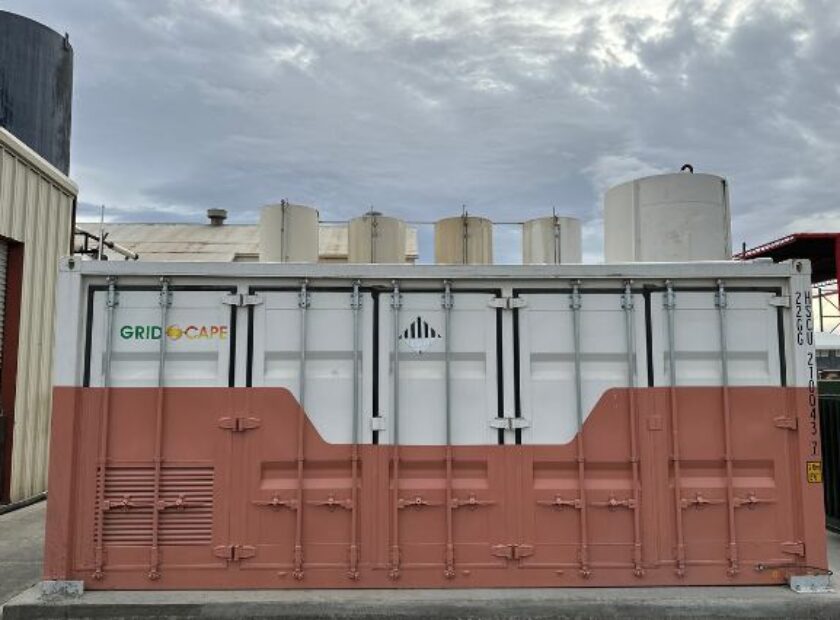Unlocking the Power of Data: How Microgrid Insights Drive Grid Optimization

In conversations surrounding microgrids, the topic of real-time data for monitoring energy often arises, and for some, it may still seem like a relatively unfamiliar concept. However, the importance of data in microgrids cannot be understated, and it plays a crucial role in unlocking numerous benefits. Let’s explore this concept further in a positive and informative manner:
In the world of microgrids, real-time data has emerged as a transformative force, revolutionizing the way energy is monitored and managed. While it may seem like a novel concept to some, the significance of real-time data in microgrids cannot be overlooked.
Gone are the days when energy monitoring relied solely on periodic readings and estimations. With real-time data, microgrid operators and businesses gain unprecedented visibility into the intricate workings of their energy systems. This level of insight provides a wealth of opportunities for optimization, efficiency, and resilience.
Real-time data empowers stakeholders to monitor energy generation, consumption, and storage with remarkable accuracy and timeliness. It offers a window into the behavior and dynamics of the microgrid, enabling operators to make informed decisions based on up-to-the-minute information. This granular level of understanding allows for better management of energy flows, load balancing, and demand response participation.
By embracing real-time data, microgrid operators and businesses can unlock a host of benefits. They gain the ability to identify peak demand periods and strategically adjust energy consumption, a practice commonly known as peak shaving. This not only helps alleviate strain on the grid during high-demand periods but also contributes to optimizing energy costs, ultimately leading to financial savings.
Furthermore, real-time data serves as a catalyst for energy efficiency improvements. By closely analyzing energy consumption patterns and understanding the factors influencing energy costs, businesses can make informed decisions about their energy usage. Armed with this knowledge, they can implement energy-saving measures, identify areas of waste, and proactively reduce their overall energy expenses.
Beyond cost savings, real-time data facilitates active participation in demand response programs. With a comprehensive understanding of energy usage patterns and load flexibility, businesses can adjust their energy consumption during peak demand periods or stressed grid conditions. By dynamically responding to the needs of the grid, they contribute to its stability while also reaping financial incentives and revenue opportunities.
Real-time data also plays a vital role in enhancing the resilience of microgrids. By closely monitoring energy systems, businesses can assess their energy needs, identify critical loads, and plan for backup power in the event of grid disruptions or blackouts. This level of preparedness ensures continuity of operations, minimizes downtime, and safeguards against potential financial losses.
Moreover, real-time data enables the seamless integration of renewable energy sources into microgrids. By monitoring renewable energy generation and consumption in real-time, businesses can optimize their utilization of clean energy, reduce reliance on fossil fuels, and make significant strides towards achieving their sustainability goals.
Real-time data empowers microgrid operators and businesses with a wealth of information, enabling them to make data-driven decisions, optimize energy usage, reduce costs, enhance grid reliability, and contribute to a more sustainable energy future. Embracing real-time data is a transformative step towards unlocking the full potential of microgrids and shaping a more resilient and efficient energy landscape.
Gridscape, with its real-time data capabilities, offers clients and businesses the opportunity to extract the maximum potential from their microgrids. By harnessing real-time data, Gridscape enables clients to monitor and analyze crucial aspects of their microgrid operations, leading to optimized performance and enhanced outcomes.
With real-time data, clients gain valuable insights into energy generation, consumption, and storage within their microgrids. This granular visibility empowers them to make informed decisions and take proactive actions to maximize efficiency and reliability. Clients can monitor energy flows, identify inefficiencies, and implement load balancing strategies to optimize energy usage and minimize waste.
Gridscape’s real-time data also enables clients to actively participate in demand response programs. By closely monitoring energy usage patterns and grid conditions, clients can dynamically adjust their energy consumption, contributing to grid stability and earning financial incentives. This participation not only benefits the overall grid system but also brings economic advantages to the clients.
Furthermore, real-time data provided by Gridscape facilitates effective energy planning and resiliency. Clients can assess their energy needs, identify critical loads, and plan backup power strategies in the event of grid disruptions or blackouts. By ensuring continuous operations, clients can minimize downtime and potential financial losses.
Integration of renewable energy sources is another area where Gridscape’s real-time data proves invaluable. Clients can monitor the performance of renewable energy generation systems in real-time, optimizing their utilization and reducing reliance on traditional fossil fuel-based power sources. This helps clients meet sustainability goals, reduce their carbon footprint, and contribute to a greener energy future






